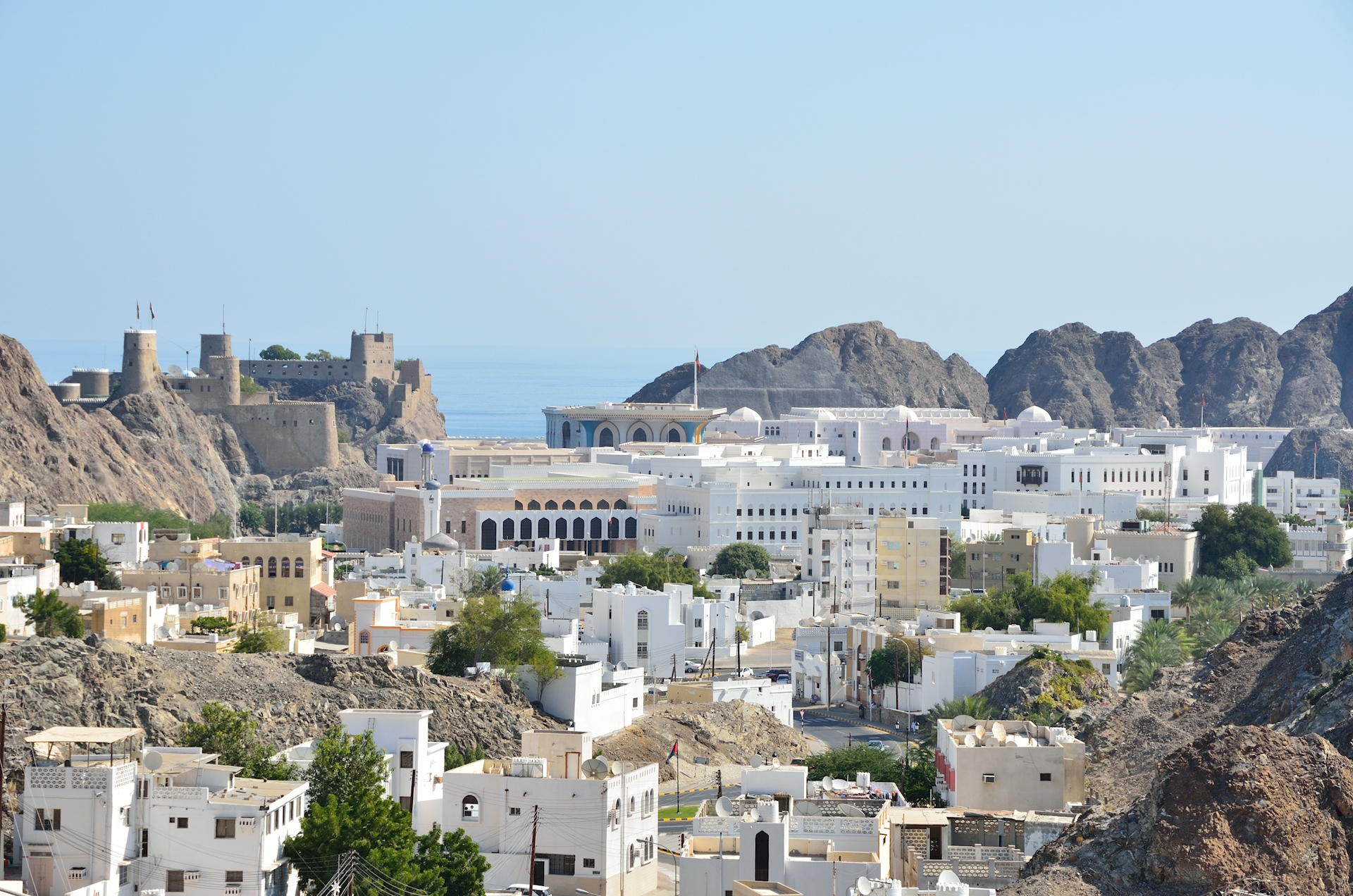The future of Oman, situated along a vast stretch of coastline reaching the strategic Strait of Hormuz, is linked to the sea—and the country’s ability to leverage this connection will be key to its economic development in the years ahead.
It needs recalling that 2018 marks the middle of a five-year diversification strategy that builds on Oman’s long-term vision to shift from an oil-based economy towards other critical sectors, including manufacturing, logistics, tourism, fisheries and mining, Al Jazeera reported.
In an era of low oil prices, Oman—which has the lowest GDP per capita among the (Persian) Gulf Cooperation Council countries (including Saudi Arabia, Kuwait, the United Arab Emirates, Qatar and Bahrain) and an unemployment rate surpassing 17%—wants to refashion itself as a hub for shipping and industry.
Facilities such as the special economic zone at Duqm, established in 2011 with a goal of becoming a commercial powerhouse, will play a significant role in this transition.
But how realistic is Oman’s diversification plan, and what obstacles could the Persian Gulf Arab nation face in the years ahead?
“We are aware that we live in a very critical area of the Middle East … [Oman] is like an island in a sea with a lot of challenges happening,” Talal Sulaiman al-Rahbi, the deputy secretary-general of Oman’s Supreme Council for Planning and the architect of the country’s economic diversification plan, told Al Jazeera.
“We are looking first into reducing the dependence on oil for the national budget, and also to diversify the economy and start other clusters of industries … in addition, increasing job opportunities in the private sector, away from government jobs. These are being looked at as key things to achieve.”
According to the Tanfeedh (“Implementation”) handbook for Oman’s National Program for Enhancing Economic Diversification, published earlier this year, non-oil activities are forecast to grow at 4.3% annually between 2016 and 2020, while oil-related activities at constant prices will increase at just 0.2% annually.
“Economic diversification is considered a strategic objective which will lead to economic growth in light of the global economic conditions … The diversity of its natural resources presents the sultanate a unique competitive advantage in regional and global markets, as well as an opportunity to achieve its economic diversification objectives,” the handbook notes.
An emphasis on the identified non-oil sectors, such as tourism and fisheries, will result in a decline in the contribution of oil to Oman’s GDP from 44% in 2011-2015 to 30% by 2020, officials project.
At the same time, the state aims to increase the contributions of manufacturing, tourism and logistics to its GDP from 4.9 billion Omani riyals ($12.7 billion) in 2015 to 6.6 billion by the end of 2020, while creating at least 30,000 new job opportunities for Omanis.
This entails a diverse array of projects--everything from building an ammonium plant, to manufacturing scaffolding locally, to planting a million date palm trees, to privatizing the management of nature and heritage sites, to strengthening academic and professional training programs to ensure Omanis are better equipped for the workforce.


